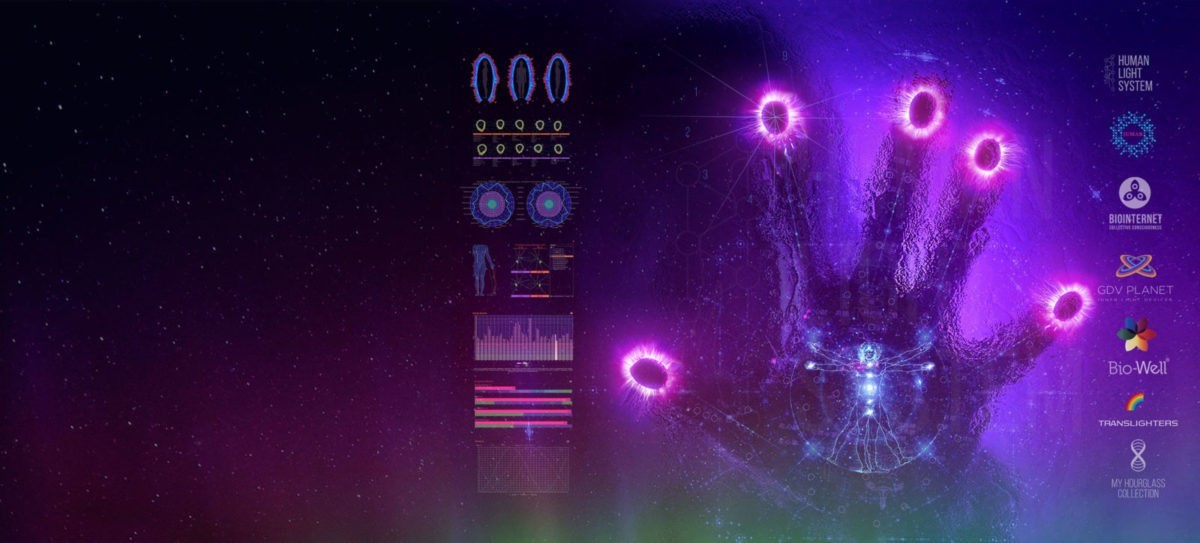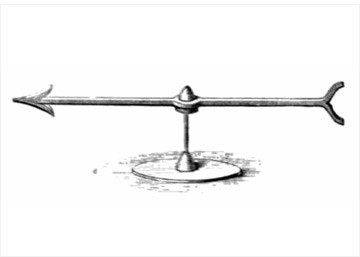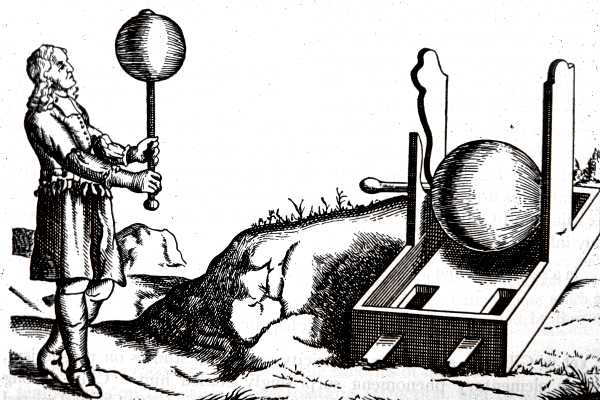2011
Measuring Human Energy Field
Measuring Human Energy Field GDVCAMERA – Revolutionary Instrument to reveal Energy Fields of Human and Nature Professor, Dr. Konstantin Korotkov Human Energy Field (HEF) – is the most sensitive reflection of physical, emotional and,in some cases, spiritual conditions of a person. We take measurements from 10 fingers of both hands and using sophisticated software create an … Read more
The History of Bioelectrography
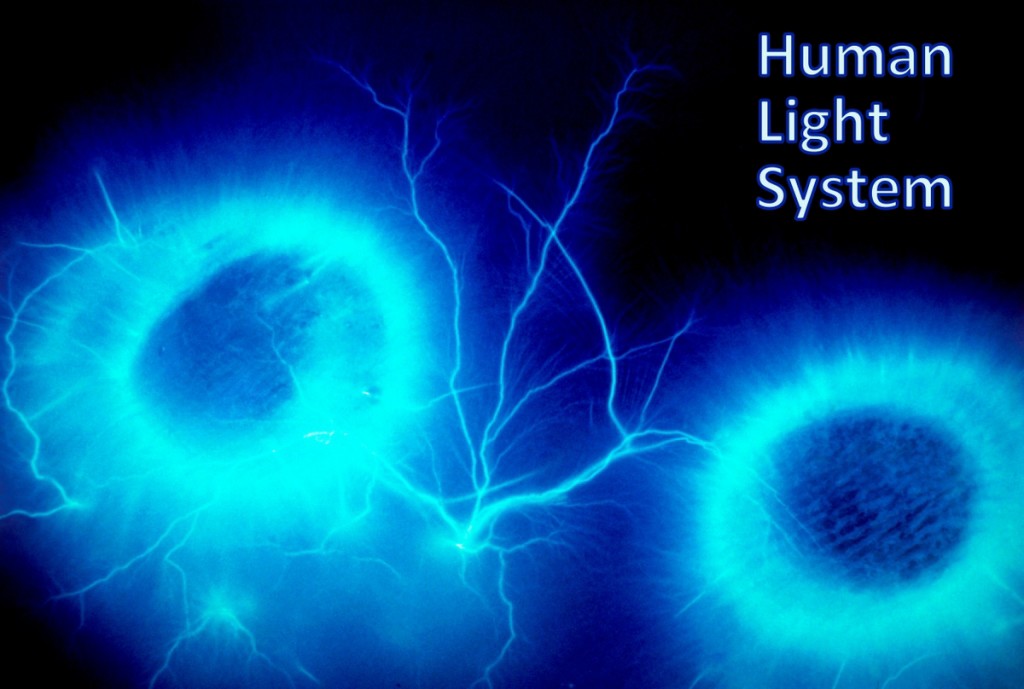
The Bioelectrography History
Since 500BC
HISTORY OF GDV/EPI BIOELECTROGRAPHY
KIRLIANGRAPHY, ELECTROPHOTONICS
see more about Different names of Bioelectrography
500BC – Testing of genuine amber by static process in China
1541-1603 – Electroscope, William Gilbert
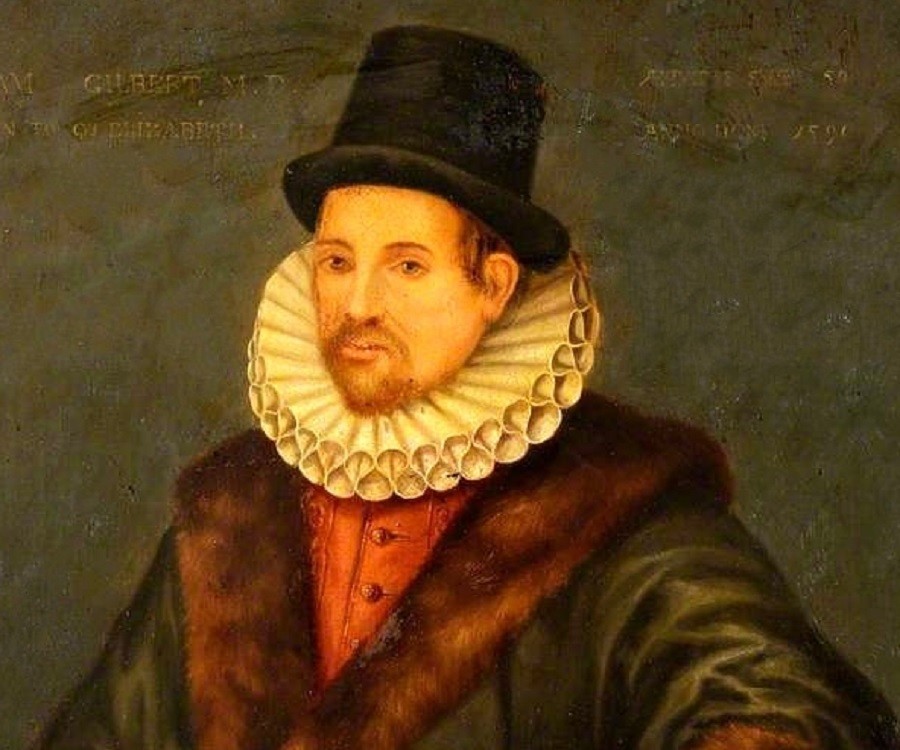
William Gilbert, also known as ‘Gilberd’, was a famous researcher in magnetism. He was famous during the time of Queen Elizabeth I and is best known for his publication, ‘De Magnete’. Credited as one of the originators of the term of electricity, William Gilbert is also known as the father of electricity, magnetism and electrical engineering. He travelled extensively and wrote many publications such as ‘Magnetisque Corporibus’ and ‘ET de Magno Magnete Tellure’ during his lifetime. Apart from being a scientist, Gilbert led a parallel career as an astronomer. He studied the moon’s surface without a telescope and concluded that the craters were in fact land, and the white patches on the moon’s surface were water bodies. One of his other significant contributions was when he pointed out that the motion of the skies occurred due to the rotation of the earth. One of the first people to try to map the markings of the moon’s surface, Gilbert was a celebrated astronomer and scientist. His theories on magnetism and electricity had also been the subject of controversy for many of his successors.
An electroscope is an early scientific instrument that is used to detect the presence and magnitude of electric charge on a body. It was the first electrical measuring instrument. The first electroscope, a pivoted needle called the versorium, was invented by British physician William Gilbert around 1600. The pith-ball electroscope and the gold-leaf electroscope are two classical types of electroscope that are still used in physics education to demonstrate the principles of electrostatics. A type of electroscope is also used in the quartz fiber radiation dosimeter. Electroscopes were used by the Austrian scientist Victor Hess in the discovery of cosmic rays.
Electroscopes detect electric charge by the motion of a test object due to the Coulomb electrostatic force. Since the electric potential or voltage of an object with respect to ground equals its charge divided by its capacitance to ground, an electroscope can be regarded as a crude voltmeter. However, the accumulation of enough charge to detect with an electroscope requires hundreds or thousands of volts, so electroscopes are only used with high-voltage sources such as static electricity and electrostatic machines. Electroscopes generally give only a rough, qualitative indication of the magnitude of the charge. An instrument that measures charge quantitatively is called an electrometer.
1560–1624 – Marco Antonio de Dominis
Marco Antonio de Dominis – Dalmatian ecclesiastic, Catholic archbishop, adjudged heretic of the Catholic Faith, and man of science
1611 – scientific work entitled: Tractatus de radiis visus et lucis in vitris, perspectivis et iride, in which, according to Isaac Newton, he was the first to develop the theory of the rainbow by drawing attention to the fact that in each raindrop the light undergoes two refractions and an intermediate reflection.
His claim to that distinction is, however, disputed in favor of Descartes.
In 1625 his work “Euripus, seu de fluxu et refluxu maris sententia” was published posthumously in Rome. It is an important source for the strange story of the theory of tides. It contains an exact but qualitative, luni-solar explanation of the phaenomena. This explanation is directly connected with the later developments.
1602-1686 – Electrostatic machine, Otto von Guerricke & Hauksbee
Otto von Guericke’s electrostatic machine evolved into increasingly improved instruments in the hands of later scientists. Otto von Querricke (1602-1686), the Burgomeister of Magdeburg best known for his demonstration of the effect of atmospheric pressure on evacuated bodies (the Magdeburg Hemispheres), also showed the electrical effects were obtained by rubbing glass. Originally, he used a globe of sulphur mounted on a shaft, with the hand rubbing the rotating sphere. The sulphur was cast in a spherical shell of glass that was subsequently broken away; soon it was discovered that glass, and not sulphur, was the key ingredient of the demonstration. About 1700 Francis Hauksbee the Elder suggested that a glass cylinder be used in place of the sphere.
In the early 1700s, Francis Hauksbee designed his own electrostatic generator, a feat stemming from his studies of mercury.
1661-1713 – Resulted in the reproduction of electrical phenomena in the laboratory
1622 – Magnetic declination varies with time, Edmund Gunter
1671 – Electric organ of torpedo fish studied, Francesco Redi
1672 – Living tissues react to environment, Francis Glisson
1702 – Air at low pressure glows during an electrical discharge, Hauksbee
1704 – Electrons, particles, wave forms. Newton
1729 – Photometry, Pierre Bouger
1729 – Electric current, Stephen Gray
1731 – Anything can be charged with static electricity if isolated by non conductive materials, Stephen Gray
1733 – Two types of static electric charge, like charges repel whilst unlike charges attract, (later opposed by Benjamin Franklin), Charles Francois de Cistemay
1746 – Leyden Jar (Leiden) for storing static electricity Pieter Van Musschenbrooek & E G Pieter got a shock when using it suggesting a connection between lightning, VonKleist
1747 – A pointed conductor draws off an electric charge from a charged body, Benjamin Franklin
1747 – First electrometers, Abbe Jean-Antoine Nollet (Paris)
1756 – Electricity and the origin of light and the wave theory, Mikhail Valilievich Lomonosov
1766 – That all nerves follow a path through the spinal column to the brain and that the nerves stimulate the muscles, A Von Haller
1766 – Improved electrometer, Horace Benedict de Saussure (Suisse)
1766 – Chart of magnetic inclination, Johna Wicke (German)
1766 – Joseph Priestley, English explorer, registered the colored circles which are obtained by electrical discharge on a metal surface («Priestly’s rings»).
1771 – Tissue conduction of electricity, Luigi Galvani
1775 – Early electrical condensers, Alessandro Volta
1777 – Electrographic images, G C Lichtenberg

